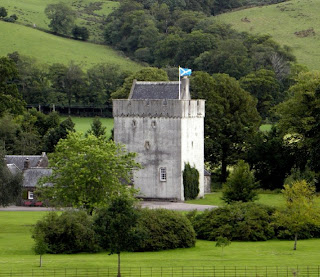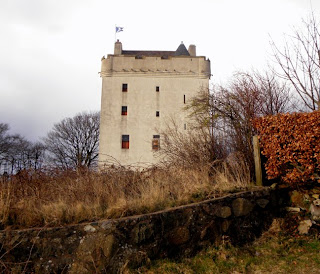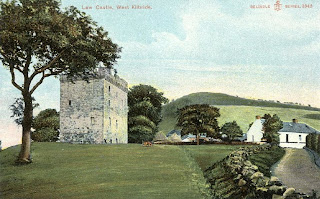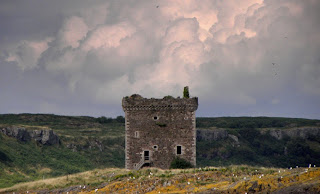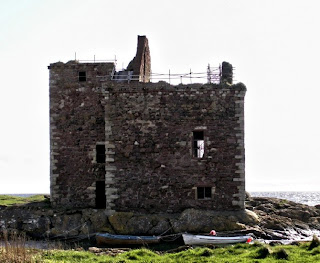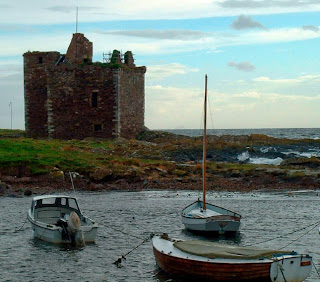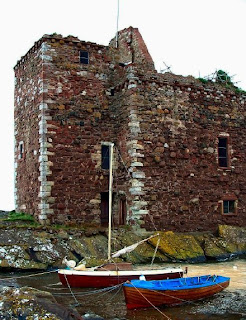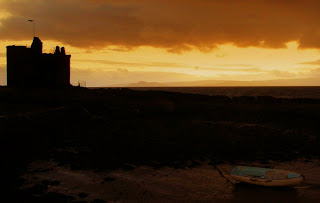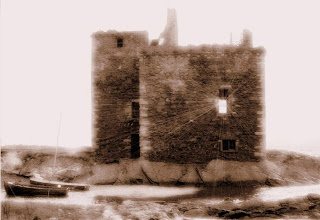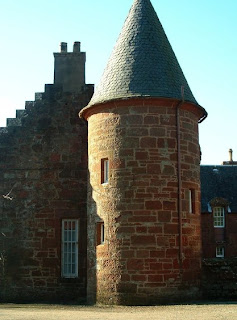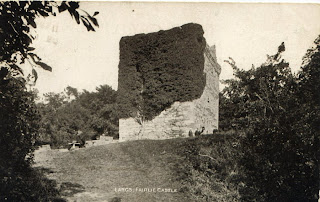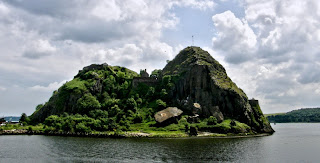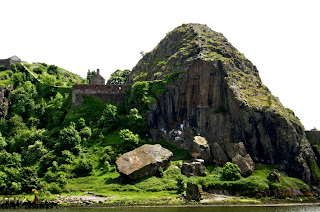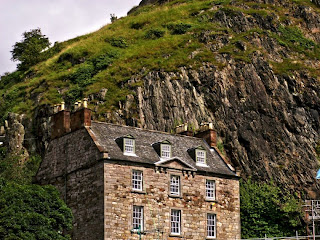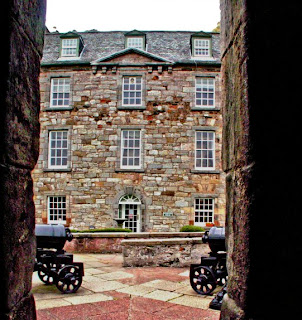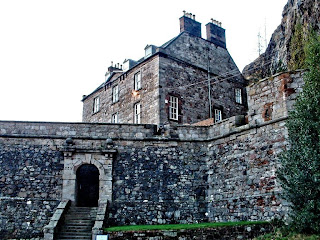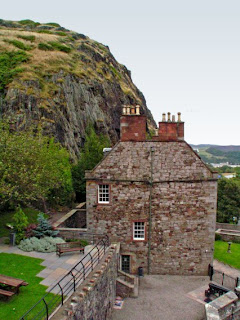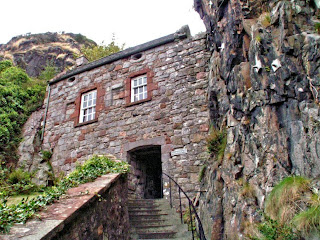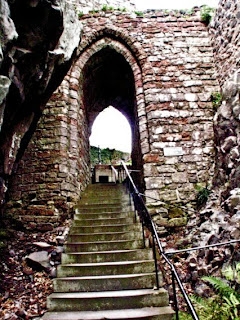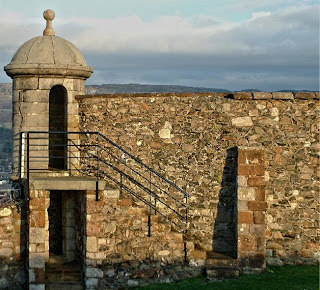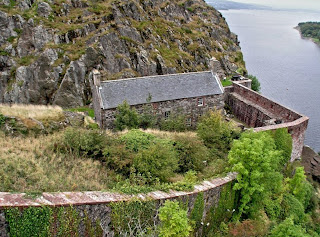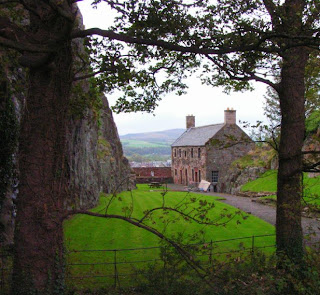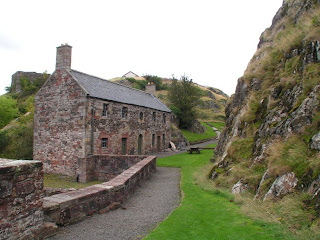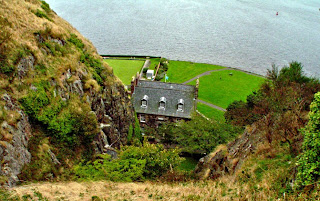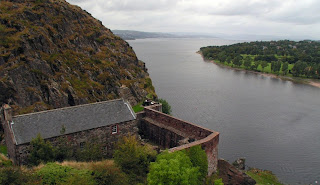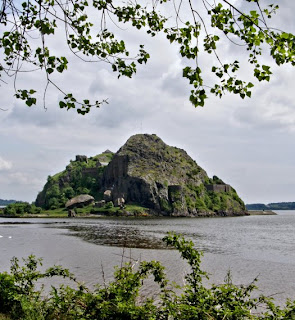




Carrick Castle is a 15th-century tower house on the west shore of Loch Goil, Argyll.
The present ruin is possibly the third occupant of this location. The first may have been a Viking fort. The second structure, and first castle, is believed to have been built in the 12th century. Allegedly a hunting seat of the Scots kings, Carrick was originally a Lamont stronghold. In 1368 it then passed on to the Campbell Earls of Argyll.
In the spring of 1307, Robert the Bruce drove Henry Percy from the Castle before conducting a guerrilla war against Edward I of England. Edward had given the castle, which belonged to Robert, to Percy.
The third structure, the late 15th century castle, was a royal stronghold, held by the Earls of Argyll as hereditary keepers, and was the symbol and source of their power in South Argyll. It was one of their three chief castles, the other two being Duart and Fincharn.
Mary, Queen of Scots, visited here in 1563.
In 1685, during the rebellion of Archibald Campbell, 9th Earl of Argyll, against King James VII, HMS Kingfisher bombarded the castle, badly damaging the keep, which lost its roof.
The castle was intermittently occupied until it was sold to the Murrays, the Earls of Dunmore.
The keep was a ruin for many years but is now in private ownership and undergoing restoration.


